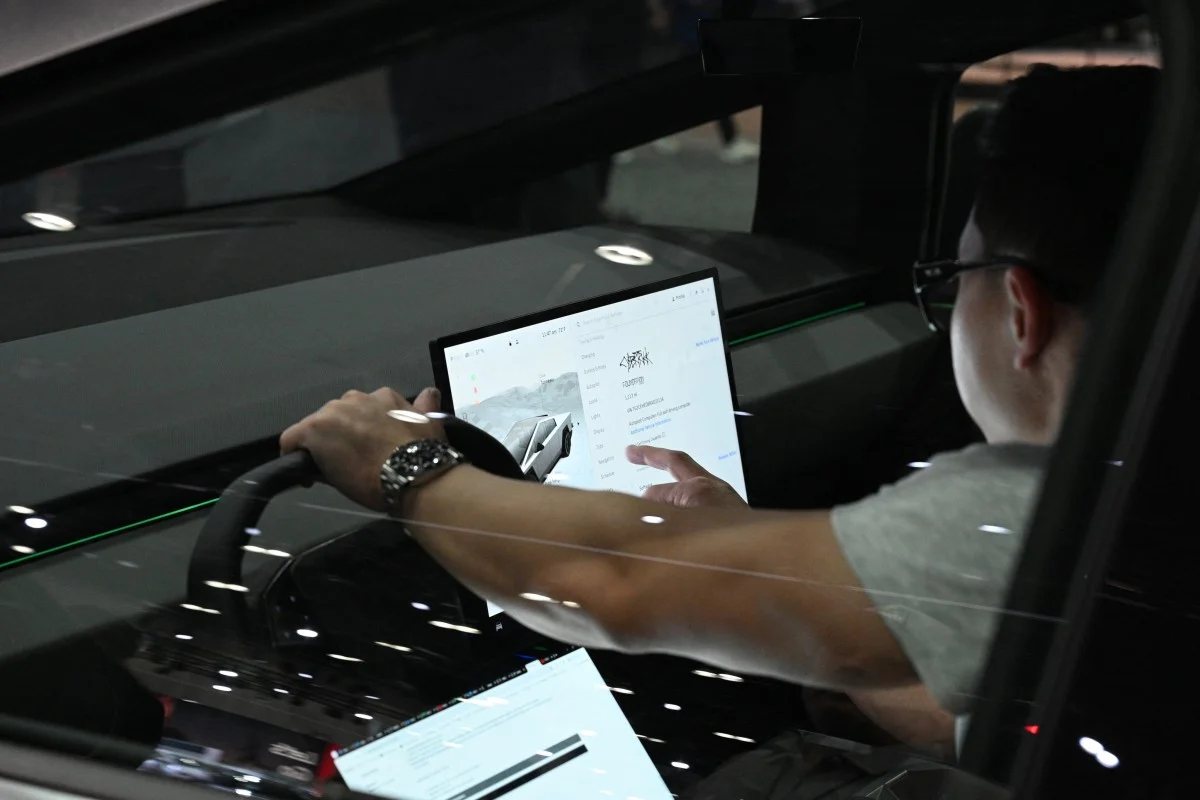Modern vehicles are increasingly powered by sophisticated operating systems, a shift that started decades ago with the introduction of electronic control units (ECUs) in the 1970s. The evolution of these systems has been pivotal in enhancing vehicle safety, comfort, and functionality. By the early 1990s, the introduction of the Controller Area Network (CAN) bus system allowed ECUs to network with each other, leading to significant improvements in how vehicles operate. The Mercedes S-Class W140 was the first car to incorporate this system, and today, compact cars feature up to 50 networked computers, while luxury vehicles can have up to 100.
Toralf Trautmann, a physicist and professor of automotive mechatronics at the University of Applied Sciences in Dresden, highlights the benefits of these connected systems, which enable easy integration of new features and various combinations. Manufacturers are increasingly turning to digital ecosystems and partnerships to provide added services like keyless entry, remote diagnostics, and battery preheating for electric vehicles.
Rather than developing software in-house, automakers are turning to established tech companies. Volvo and Polestar were among the first to integrate Google’s Android Automotive software into their infotainment systems, and soon, Mercedes vehicles in Europe and North America will utilize Google Maps for navigation. These collaborations are essential, as developing advanced infotainment systems is costly, often requiring millions in investment. By outsourcing, manufacturers can focus on what they do best while leveraging the expertise of tech giants.
The shift to operating systems is also streamlining vehicle electronics. These digital systems promise to reduce hardware requirements, lower production costs, and speed up development cycles. As a result, digital applications in vehicles will perform faster, consume less power, and be easier to update via over-the-air (OTA) updates. A key example is the Mercedes-Benz operating system, MB.OS, which will replace traditional ECUs with just four central computers connected by Ethernet.
This shift reduces the weight and complexity of control units and cables while eliminating latency between systems. It’s crucial for automated driving, where every millisecond counts. Trautmann explains that the trend is toward fewer, more powerful processors integrated into each ECU. Although the complexity remains high, the collaboration with external tech partners should accelerate development, particularly for safety features and automated driving.
As carmakers embrace operating systems, digital functions are becoming as important as the car’s powertrain. Consumers now expect a similar digital experience from their vehicles as they do from smartphones, with regular software updates and app downloads enhancing both comfort and driving systems.
READ MORE:
